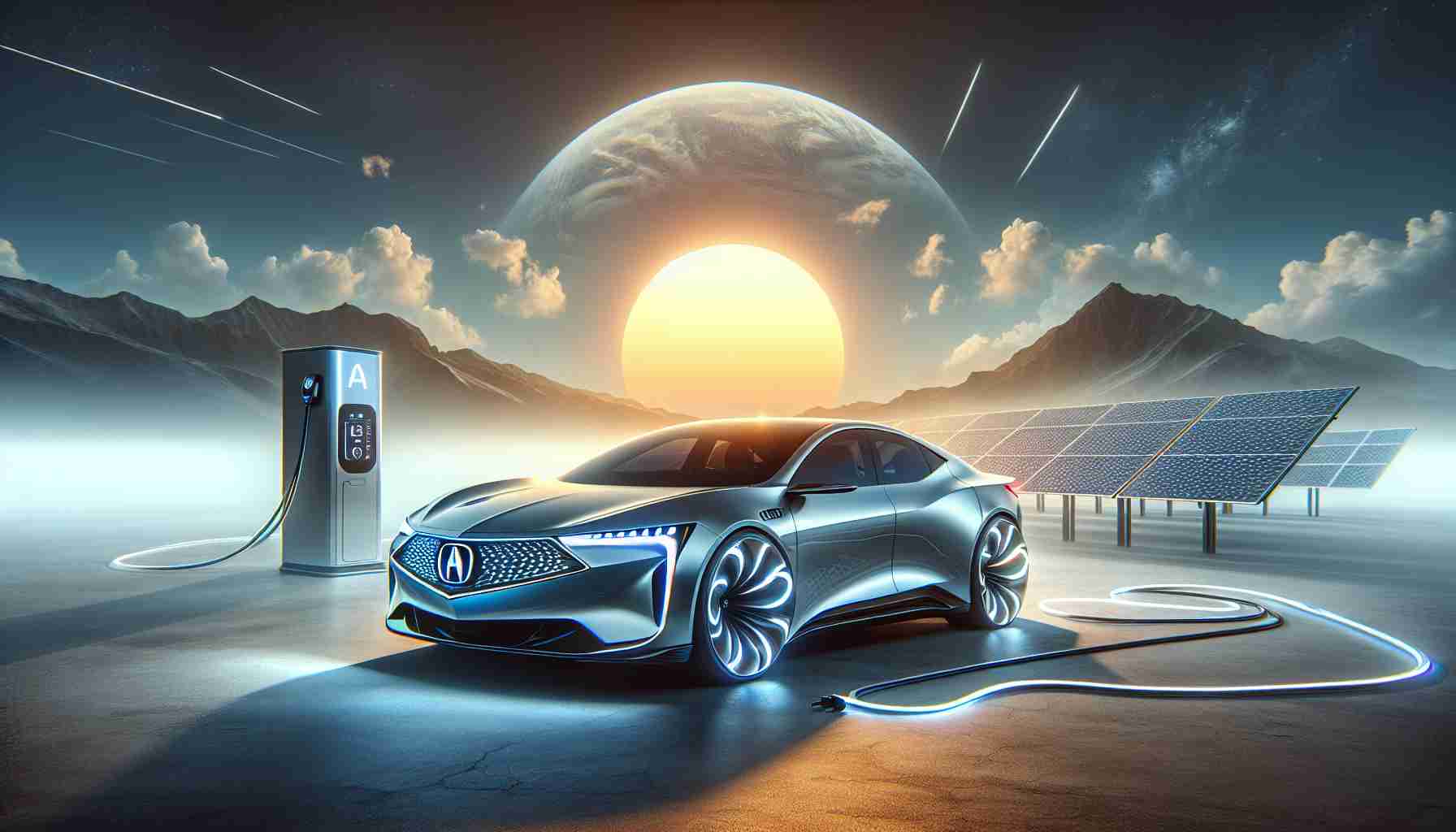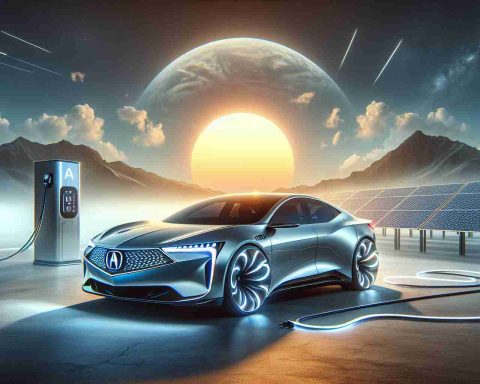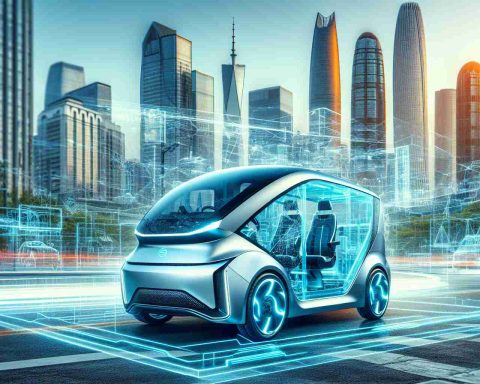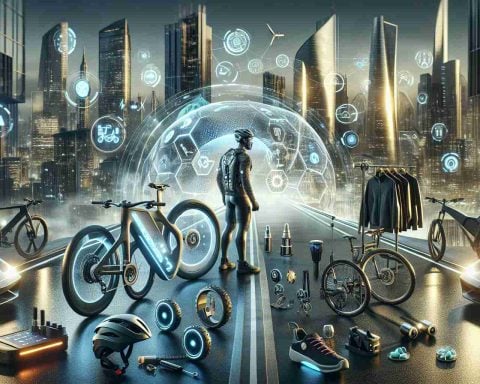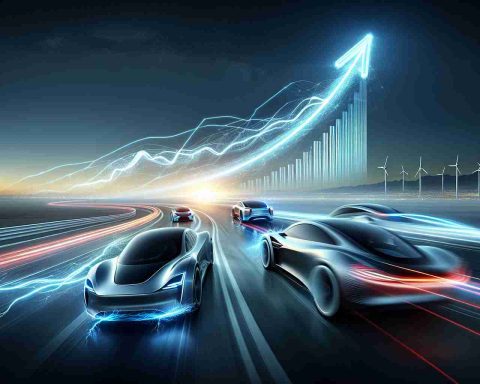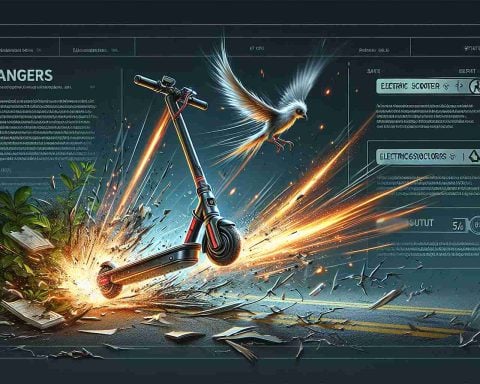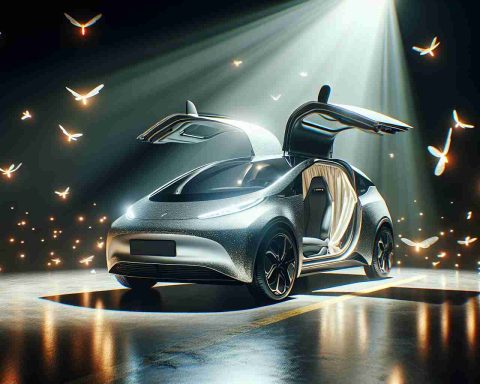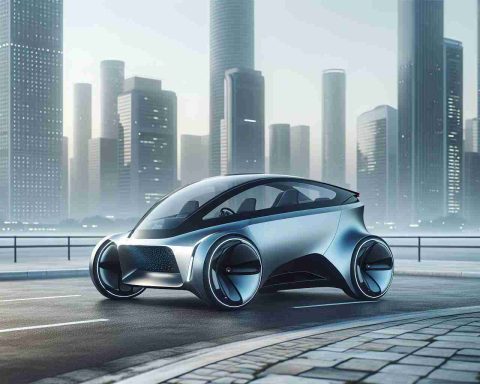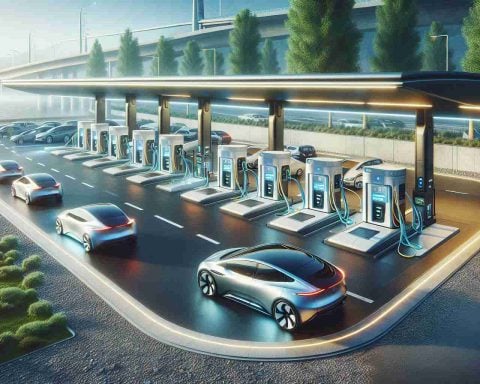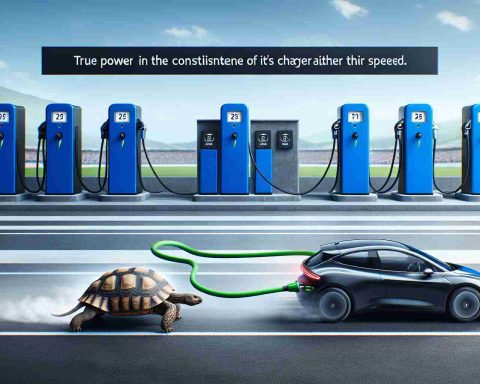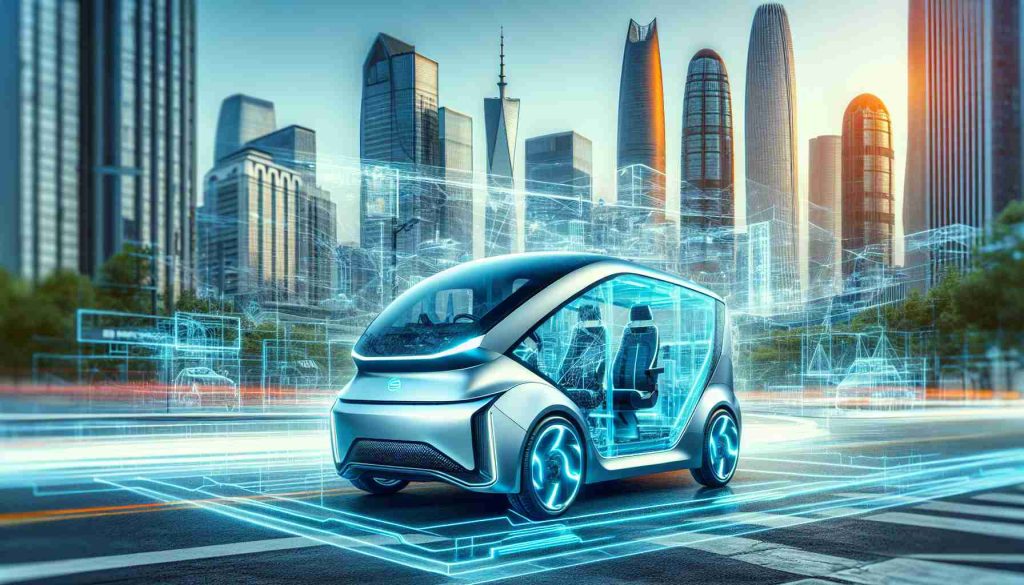- Acura is adjusting its EV strategy to potentially include more hybrids, aiming for flexibility in achieving its 2030 sales goal of 60% electric cars.
- Parent company Honda invests $300 million in an Ohio facility to produce internal combustion engines, hybrids, and EVs, supporting Acura’s diverse lineup.
- Acura is preparing to launch new hybrids and maintains a focus on electric development, including the upcoming ZDX electric crossover.
- The RDX and a new compact electric SUV, revived under the RSX name, are key components of Acura’s evolving powertrain strategy.
- Acura aims to balance market demands with hybrid offerings while continuing to pursue electric advancements, exemplifying agility in the automotive market.
Acura, the high-end offshoot of Honda, is plotting a fresh course in the electric vehicle (EV) landscape. Originally aiming for 60% of its sales to come from electric cars by 2030, the brand is now considering a hybrid pathway to balance the market’s fluctuating tempo. Picture sleek hybrids elegantly bridging the gap until the electric revolution fully blossoms.
As Acura recalibrates its plans, it paints a more flexible yet resolute narrative. Mike Langel, a pivotal player in Acura’s national sales, reassures enthusiasts that while their eyes remain on the electric prize, they are open to adjusting their path. This shift comes as EV sales, while growing, haven’t stormed the market quite as robustly as anticipated.
Backing this strategic shift, Acura’s parent, Honda, has funneled a colossal $300 million into a cutting-edge automotive hub in Ohio. This facility will churn out a blend of internal combustion engines (ICE), hybrids, and electric marvels, strengthening Acura’s versatile fleet.
Industry whispers, echoed by AutoForecast Solutions’ analyst Sam Fiorani, hint at a new wave of Acura hybrids poised to hit the tarmac soon. They suggest that Acura is revisiting its powertrain strategy, possibly keeping familiar faces like the RDX in showrooms alongside exciting new electric entrants.
While Acura sunsets its past hybrid gems like the MDX and NSX, anticipation builds around the ZDX electric crossover, already blazing trails on GM’s Ultium platform. A compact electric SUV, under the nostalgically revived RSX moniker, promises to turn heads later this year.
In this electrifying saga, Acura seems less a brand in transition and more a navigator skillfully charting its passage through the evolving automotive seas.
Acura’s Electrifying Transition: The Future of Luxury EVs and Hybrids
Acura’s New Direction in the EV and Hybrid Market
Acura, Honda’s premium subsidiary, is redefining its journey in the electric vehicle (EV) marketplace by incorporating hybrids as a strategic waypoint. Initially targeting 60% EV sales by 2030, Acura’s revised approach acknowledges the nascent, unpredictable nature of EV adoption. This strategic pivot allows the brand to nimbly respond to evolving consumer preferences and technological advancements.
Key Features, Specs & Pricing
– EV and Hybrid Models: While Acura’s flagship EV, the ZDX, is set to debut on GM’s innovative Ultium platform, there are hints of a fresh lineup of hybrids. This includes possible reintroductions of well-loved models like the RDX, alongside a highly anticipated compact electric SUV, possibly under the RSX moniker.
– Pricing Strategy: While official pricing hasn’t been disclosed, analysts expect competitive pricing to reflect Acura’s premium brand image while ensuring broad accessibility in the luxury market.
Market Forecasts & Industry Trends
– Industry Growth: The global EV market is projected to grow at a CAGR of 26.8% from 2021 to 2028. Acura’s hybrid strategy aligns with forecasts indicating significant hybrid vehicle demand due to range concerns and charging infrastructure challenges.
– Consumer Trends: A survey by Deloitte shows that 27% of prospective car buyers consider hybrid technologies a stepping stone towards full-electric vehicles, underlining the relevance of Acura’s dual pathway.
Real-World Use Cases
For suburban commuters, hybrids offer a practical solution with extended range and fewer stops at charging stations. Urban dwellers, meanwhile, benefit from EVs due to their lower emissions in congested areas.
Reviews & Comparisons
Current Acura hybrids and EVs are often praised for their luxurious interiors and advanced technology features. In comparison to competitors like Tesla and BMW, Acura consistently excels in comfort and innovative design, although it faces stiff competition in pure range and charging network coverage.
Controversies & Limitations
– Hybrid Criticism: Environmentalists argue hybrids still rely on fossil fuels, delaying the transition to fully renewable energy.
– Market Response: The EV market’s slow penetration is seen as a response to expensive infrastructure needs and the environmental cost of lithium-ion battery production.
Security & Sustainability
Acura emphasizes the sustainability of its production facilities, like the $300 million automotive hub in Ohio, underlining a commitment to eco-friendly manufacturing practices and renewable energy sourcing.
Pros & Cons Overview
– Pros: Flexibility in powertrain options, luxury features, brand reliability.
– Cons: Potential lag in EV adoption, limited initial EV model range.
Actionable Recommendations
– For Consumers: Consider current incentives for hybrid and electric vehicle purchases that may offset initial costs. Research charging infrastructure in your area to ensure it meets your needs.
– For Acura Enthusiasts: Stay informed about upcoming model releases and potential hybrid reintroductions to make a timely, informed purchase.
Insights & Predictions
As Acura navigates the EV landscape, expect a continued emphasis on integrating cutting-edge technology and luxurious features. The hybrid pathway allows for flexible adaptation to market demands, positioning Acura for long-term success in the automotive future.
For more details, explore Honda’s strategies and innovations at the Honda website.
